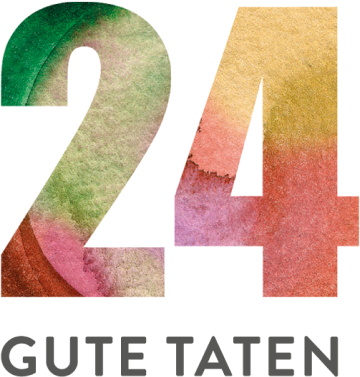Day 2
A tree is planted to protect koalas in Australia
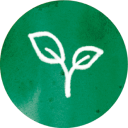 Koalas - well-known, popular and yet soon extinct?
Koalas - well-known, popular and yet soon extinct?
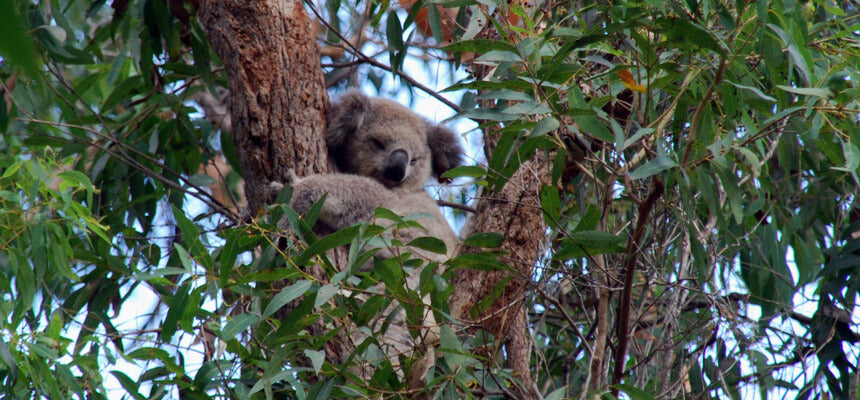

Food trees and migration corridors protect threatened species in Australia

need
Feeding trees and migration corridors for endangered koalas in Australia.
activity
Volunteers plant native trees and shrubs to reforest the koalas’ habitat and thus secure their food source.
Measurable performance
Number of trees and shrubs that were planted through the donation for the protection of koalas.
Result
The koalas' habitat is being reforested so that they have sufficient foraging trees and safe migration corridors.
Systemically relevant impact
The koalas' chances of survival are improved. They find sufficient food and migration routes. They are also better protected by the population.
background
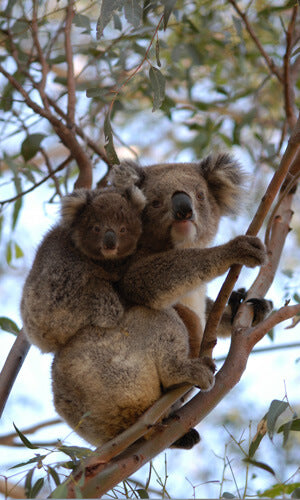
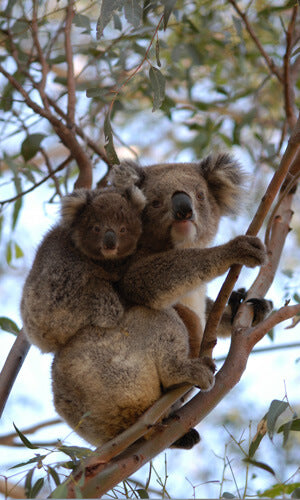
The good deed
AboutAustralia
Canberra
Capital city
23 129 300
Population
61,219 USD
Gross domestic product
per capita per year
2
Human Development Index
(Human Development Index)
